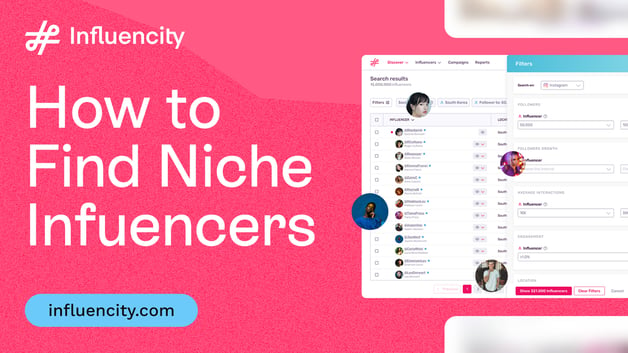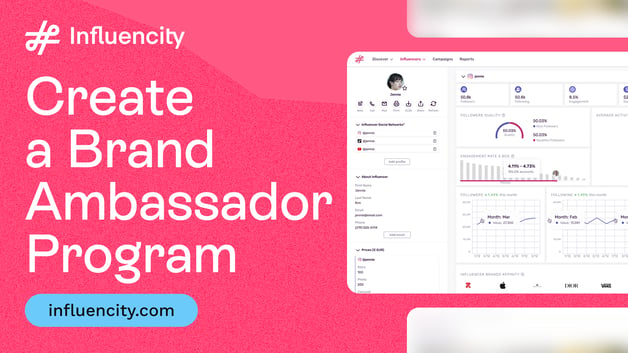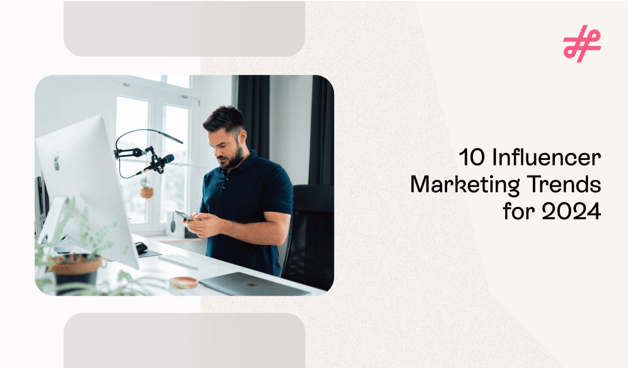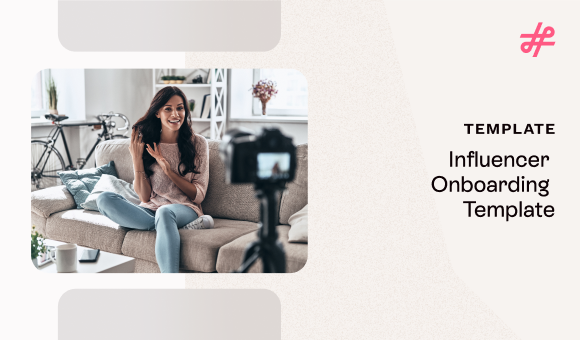Influencer Marketing
From DM to Dream Team: How Top Brands Turn Influencers into Advocates with Stellar Onboarding
Influencer Marketing
Most brands spend weeks finding the right influencer, then lose the relationship before it even starts with a bland welcome.
A generic email. A clunky contract. Zero human connection.
When you treat creators like line items instead of partners, you get content that feels the same: forgettable, off-brand, and a waste of budget.
The brands that win at influencer marketing know creator onboarding isn’t just a transaction. It’s your first chance to build trust and excitement.
When you onboard influencers like the humans they are, you turn a first-time post into a true partnership. You get loyalty, better content, and real brand advocates, not just influencers.
So here’s how to do it.
Why Influencer Onboarding Matters
Finding the right influencers is tough enough. So why risk losing them or ending up with half-baked content because you skipped a proper welcome?
High-performing brands, from Glossier to Gymshark, treat onboarding not as a checkbox but as a growth lever:
-
Fewer mix-ups and clearer expectations
-
More excited creators who deliver stronger content — and stick around
-
Faster launches, fewer revisions, and higher ROI
Brands with a clear onboarding workflow report 2x higher influencer satisfaction and 30% fewer revisions. That means time invested in influencer onboarding makes happier influencers and less time spent in version hell.
Keep in mind that working with real people, with creative minds, who bring your brand to life in their own voice. Treat them like humans, not production lines. Focus on building a relationship, not just pushing out content or ticking off campaigns.
What Does Great Influencer Onboarding Look Like?
If your current onboarding is just an email with a contract attached, you’re not alone. But brands that turn creators into high performing advocates do much more.

They build an experience that makes influencers feel like insiders from day one. When creators feel invested, they act invested.
Glossier sends handwritten notes and personalized kits. Gymshark uses Slack channels and weekly Asana check-ins that make even micro-influencers feel like part of the team.
It’s not about bells and whistles. It’s about human connection, clear communication, and simple systems that keep everyone aligned.
The 5-Step Influencer Onboarding Blueprint
Ready to level up your onboarding? Here’s your playbook to turn your next influencer from a contractor into a superfan.
Step 1: Make It Personal. Start with a Real Intro
Most campaigns begin with a templated email. Your brand will stand out by warming it up. Here are some ways to do this:
-
Hop on a quick 15-minute video call (Zoom, Meet, or a personal Loom). A great onboarding call is a two-way street. Use it to share your brand story, but also learn what the creator cares about: their style, community sweet spots, and ideas for content angles. This makes your brief sharper and the final post feel authentic.
-
Walk them through your why, not just the what. Don’t just tell the creator what you want them to do (like deadlines, formats, deliverables). Also tell them why your brand does what it does, why this campaign matters, and why you chose them.
-
Introduce your team. Faces make your brand human. If you’re on a live call, bring in your main point of contact if possible. If not, share a quick “Meet the Team” section in your welcome packet with names, photos, and roles. Faces and names make your brand feel human and approachable.
-
Answer questions upfront. Cover practical details creators care about like how and when they’ll get paid, what happens if you want edits, how you plan to use their content beyond the original post, and who they should talk to if something goes sideways. Clarity now means fewer headaches (and frantic DMs) later.
-
Set clear expectations: Explain how you’ll review their work — what you’re looking for, what your brand can’t approve, and what success looks like for the campaign. When creators know how you’ll evaluate their work, they’ll deliver content that hits the mark the first time.
-
Show your excitement. Mention a specific post of theirs you loved, a platform they crush on, or even a podcast you caught. A personal nod shows you picked them for a reason. Creators who feel seen bring their best.
See It In Action: Glossier’s social team records custom Looms to greet new partners. Imagine the excitement of a personal video made for you instead of generic PDFs or templated scripts. Human, memorable, and it works.
Step 2: Deliver a Branded Welcome Packet
Your onboarding packet does more than list guidelines, deadlines and deliverables. It sets the vibe.
Include:
-
Your brand story: mission, voice, vibe.
-
Visual inspo: moodboards, tone guides, past hits.
-
Key details: deadlines, posting guidelines, specs.
-
Contacts + FAQs: who to ping, common answers.
-
Examples: what “great” looks like for you.
See It In Action: The Goat Agency’s clients add voice notes and moodboards to make welcomes feel like a creative kickoff, not a legal cheklist.
Step 3: Streamline Contracts & Legal (and Get Internal Ducks in a Row)
Nothing kills momentum like paperwork chaos.
Keep it smooth:
-
Use e-signing tools like DocuSign or Influencity’s built-in contracts.
-
Be crystal clear on:
-
Deliverables
-
Posting schedule
-
Payment terms & timeline
-
Usage rights: want to reuse a post as an ad? Lock it in upfront.
-
Bonus: Get your back-end organized.
Use an influencer CRM (like Influencity) to store:
-
Creator contact information: Keep every email, handle, and phone number in one place so you’re never digging through spreadsheets or old threads when you need to reach out.
-
Promo codes assigned to a creator: Track exactly which promo code belongs to which creator, so you can measure results and pay out commissions without any mix-ups.
-
Category: Organize your roster by niche — beauty, fitness, gaming — so it’s easy to match the right creator to the right campaign every time.
-
Location: Store where each creator is based so you can plan local activations, pop-ups, or region-specific drops that actually make sense.
-
Personal notes: Strengthen your relationships by remembering the little things — birthdays, milestones, favorite products — and sending a quick DM or gift when it matters. Small gestures go a long way when you want creators to stick around.
Onboarding call notes: Keep key details from your kickoff video meeting (like what they love, what they don’t, and any ideas they share) so you never lose the personal context.
.png?width=700&height=144&name=White%20%26%20Green%20Modern%20Bar%20Chart%20Graph%20(47).png)
The better your internal system, the smoother the creator’s experience.
Step 4: Map Out Timelines, Product Logistics & Checkpoints
Even your best creators need clear guardrails. Spell them out.

Use project tools like Influencity, Asana, ClickUp, or Notion to share:
-
Content deadlines
-
Review windows
-
Final posting dates
-
Reporting checkpoints
-
Payment milestones
Timing is everything.
Send product 1–2 weeks before a post is due. Too early? It gets lost. Too late? They scramble and you stress. Keep them in the loop — no surprises.
See It In Action: Gymshark runs tight comms with Slack channels and weekly Asana check-ins. The vibe is collaboration, not command and control.
Step 5: Build Ongoing Comms & a Feedback Loop
Onboarding isn’t a one-time thing. It’s the start of a conversation.
Pick tools your creators actually use:
-
Slack group? Discord? WhatsApp for quick tweaks?
-
Shared folder (Drive, Dropbox) for:
-
Brand assets
-
Updated guides
-
Approved visuals
- Submission templates
-
-1.png?width=700&height=139&name=White%20%26%20Green%20Modern%20Bar%20Chart%20Graph%20(48)-1.png)
Bonus: Use Evergreen vs. Seasonal Onboarding Wisely
Your onboarding flow will flex depending on the campaign.
-
Evergreen campaigns: standardize your process with repeatable packets, clear promo codes, reusable FAQs. Do share examples of high-performing content from the last campaign.
-
Seasonal or bespoke launches: add special timelines, unique briefs, or product-specific messaging.
This clarity keeps your creators organized and you stress-free.
Real-World Example: OSEA Skincare
To streamline workflows for influencers and staff, they built a single hub in Notion where every creator finds exactly what they need:
-
Brand book: Clear do’s and don’ts, tone of voice, and visuals so every video stays true to the brand.
-
TikTok inspo gallery: A swipe file of top-performing videos to spark ideas and keep creators aligned with what works.
-
Embedded FAQs & calendar: Deadlines, payment info, and usage rights all in one place so creators aren’t chasing answers.
-
Pre-filled content submission templates: A ready-made online form standardizes how influencers submit their content for review or approval.
The payoff for OSEA Skincare?
-
Onboarding time cut in half
-
Campaigns launched 70% faster
-
50% fewer revisions because everyone’s on the same page from day one
The right system is often the difference between good enough and a program that scales without burning out your team or your creators.
Build the Human Factor In, Every Time
Your creators aren’t content vending machines. They’re real people. The best brands treat them like collaborators and invest in their success. Here’s how you can too!
Surprise & Delight:
Personal creator kits (like Glossier’s) don’t need big budgets. A handwritten note, a small product add-on, or a custom discount code works wonders.
Stay Curious:
Run quick post-campaign surveys. What did creators love? What was clunky? Use that feedback to tighten up for next time.
Nurture the Relationship:
Keep your CRM fresh — birthdays, new launches, even personal wins. The best onboarding starts your next great partnership before the first post even drops.
Quick Influencer Onboarding Checklist
A smooth onboarding sets the tone for the whole partnership and shows creators you’re serious about working with them, not just using them for a post. Before you hit send on that welcome email or brief, double-check the basics:
✔️ Added your creator to your CRM?
✔️ Sent a personal intro video or call invite?
✔️ Delivered a branded welcome packet?
✔️ Clarified usage rights & contracts?
✔️ Shipped product with clear tracking?
✔️ Shared a clear timeline & check-ins?
✔️ Created a two-way feedback loop?
Remember: It’s All Human Work
Influencer marketing only works when trust flows both ways. Every step from DM to deliverable should feel like the start of a real relationship.
The next time you say yes to an influencer, remember: onboarding isn’t admin. It’s your opportunity to get the relationship off to a strong start. Make it warm. Make it clear. Make it human.
Ready to Build Your Dream Team?
Influencity can help you:
-
Track contracts & contacts
-
Automate timelines
-
Centralize brand assets
-
Keep communication easy
If you’re ready to make this easier, Influencity keeps your onboarding clear, your relationships warm, and your time spent where it counts: building partnerships that last.
Want to see how? Book a free demo
Influencer Onboarding FAQs
Q: How long should influencer onboarding take?
A: Ideally, 1–2 weeks from “yes” to fully ready. Bigger collabs may need longer.
Q: What’s the biggest onboarding mistake?
A: Treating creators like transactions instead of humans. Warm it up, get personal, stay clear.
Q: Should I pay influencers during onboarding?
A: Pay happens when real deliverables begin — seeding or trials can be unpaid but should feel valuable.
Tags:
Influencer Onboarding
Lynne Clement
Lynne Clement knows influencer marketing from every angle, having worked across agencies, brands, and platforms for nearly 20 years. Her insights come from marketing experience at Procter & Gamble, leading marketing strategy and execution at a top influencer agency, and working inside an influencer platform. During...


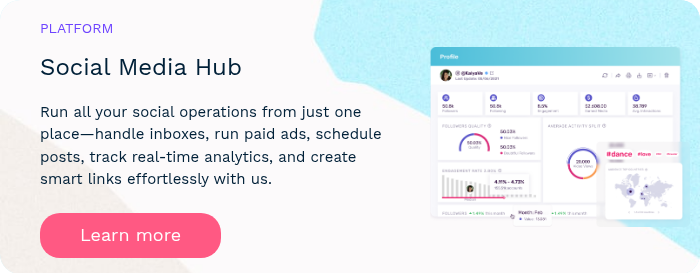
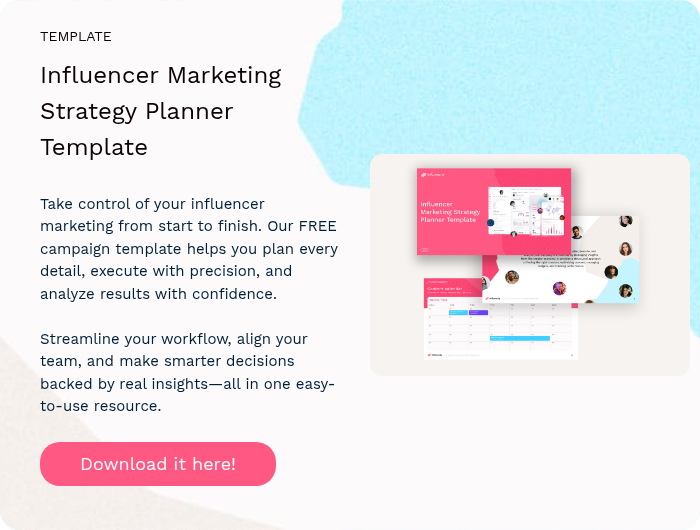

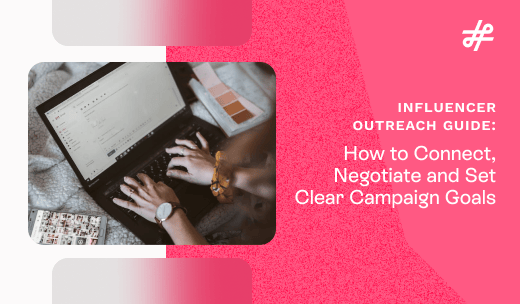




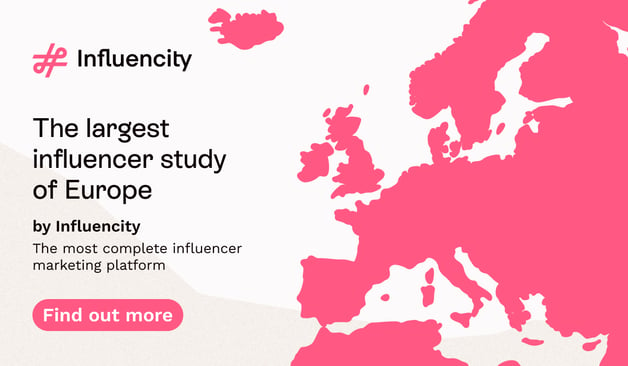

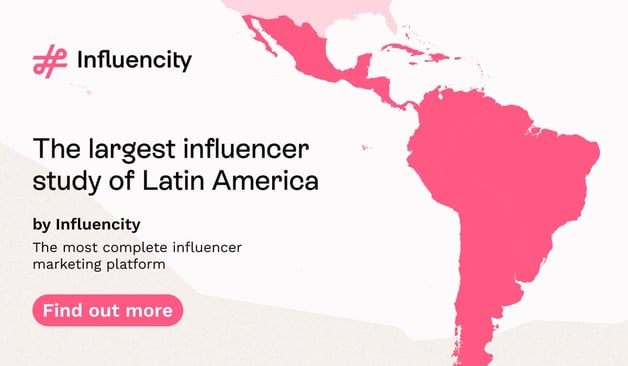


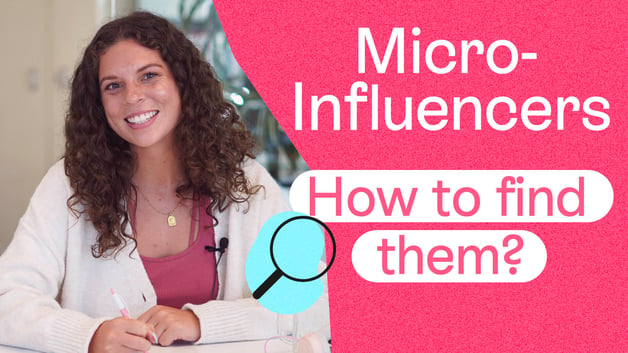


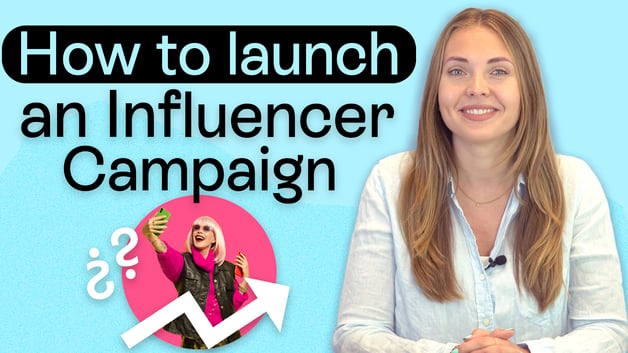

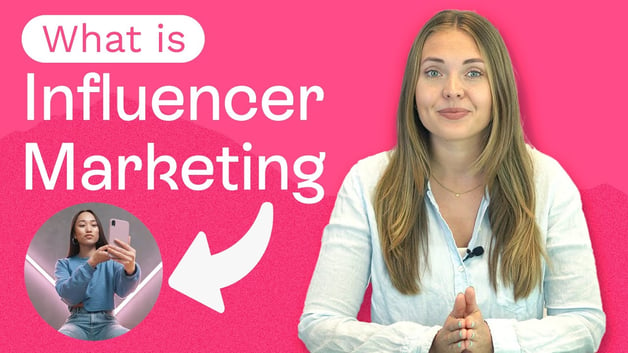

%20and%20How%20Can%20They%20Benefit%20Your%20Brand%20article.jpg?length=628&name=What%20Are%20Key%20Opinion%20Leaders%20(KOL)%20and%20How%20Can%20They%20Benefit%20Your%20Brand%20article.jpg)
